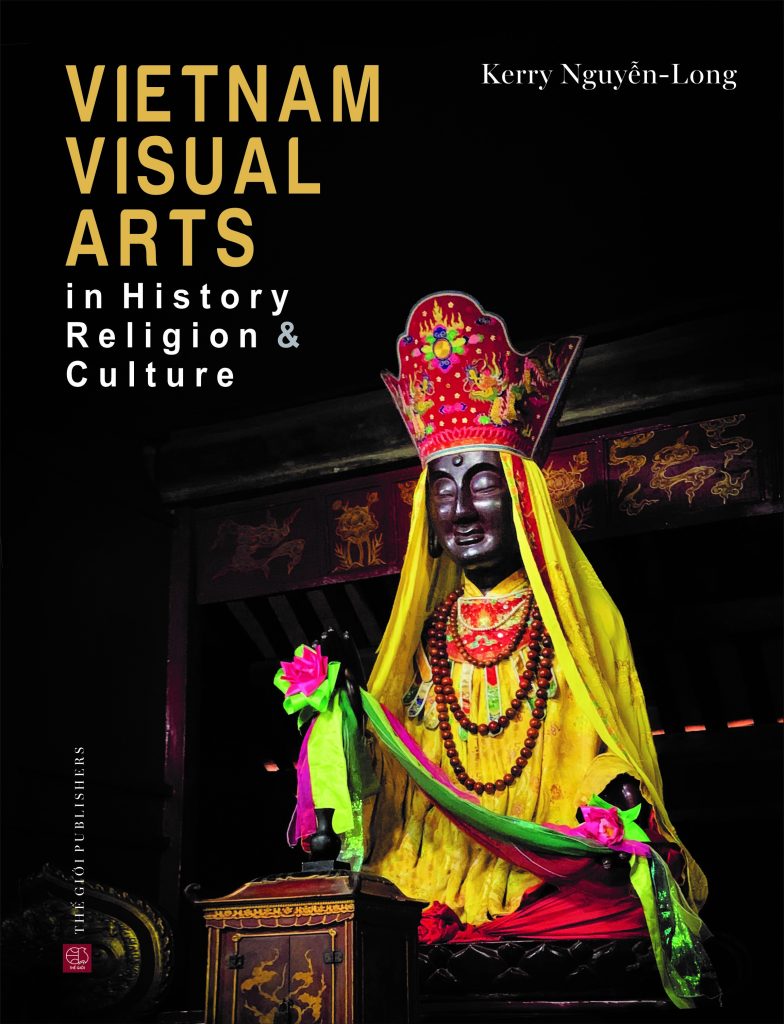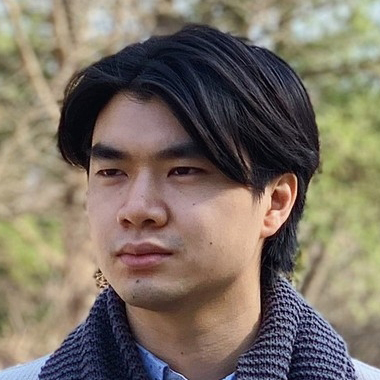

"How extraordinary!
Thanks to Kerry Nguyễn-Long, we can hold a museum in our hands. We can gasp at the stunning weight encapsulated in three thousand years of Vietnamese art.
...
The pages echo with the sorrow of treasure lost to internecine dynastic struggles, while the images delight with the precious works that survive. By capturing three thousand years of Vietnamese history, religion, and art - a feat accomplished by no other book - Vietnam Visual Arts in History Religion & Culture belongs on the bookshelves of scholars, art lovers, and libraries worldwide."

"This is an impressive book ... Books such as this one can refresh our fields. All will be well rewarded by their acquaintance with this attractive and informative book."

"[...] Vietnam Visual Arts in History Religion & Culture by Kerry Nguyễn Long is the first to look at this history through another lens - visual arts.
[...] it is undeniable that there is a tremendous amount of effort and labour.
[...] The Mạc Dynasty, like a release of energy after a long period of repression, saw a sudden lift in village arts, artistic expressions were unleashed along with the rise of village arts together with the revival of indigenous folk beliefs, bringing new vitality to Vietnamese art generally.
[... ] The author's division of the Nguyễn Dynasty shows that it is possible to overcome the well-worn research path from the epochal point of view, considering the dynasties and academic arts as the centre, and ignoring the peripheral indigenous arts that exist concurrently.
[...] In addition to a fresh and profound perspective from a foreign scholar who loves Vietnam, the book is also a valuable introduction for international readers who want to learn about Vietnamese visual arts."

"The work "Vietnam Visual Arts in History Religion & Culture" is 500-pages thick, measuring 25.5 x 19.5 cm, with more than 300 illustrations printed in colour; chapters arranged according to the chronology of Vietnam from BCE to 1945. The book leads viewers to enjoy an unmistakable Vietnamese art, not a pale copy of any other art, through a variety of genres, from architectural works, sculptures, reliefs to paintings, sacred items ... in a variety of materials: bronze, other metals, stone, ceramics, silk..."

"Ever since the first edition almost ten years ago, Kerry has continued her research on the arts of Vietnam. This new edition Vietnam Visual Arts in History Religion & Culture contains extensively revised, updated and expanded information on the subject. I would like to extend my sincere thanks for her dedication to the arts of Vietnam. The new edition will bring to readers a clearer and deeper understanding of the arts of Vietnam in the period 1009-1945."


Why this book was written
It has long been evident that outside Vietnam there is a deficit of information on Vietnam’s visual arts in the dynastic era and this English language edition is a contribution towards addressing this issue. This new book Vietnam Visual Arts in History Religion & Culture published in April 2023 by Thế Giới Publishers, Hanoi, mirrors the chronological format of Arts of Việt Nam 1009-1945 published in 2013 but is significantly expanded, revised, and updated with much new information in a rapidly changing and fluid vista. It includes artifacts previously unavailable, others recovered from recent archaeological activities along with significant information from other fields of research, and reassessments of dates for some artifacts. The book is in an easy to read format with a comprehensive presentation and chronological arrangement with each artifact introduced within its historical, religious, and cultural context. This perspective reveals how Vietnam’s visual arts are the fruits of its own history, religious experiences, and culture, and bear the imprint of the Vietnamese character and personality.
What is in this book
This book is an informative broad survey of the visual culture of the dynastic era which extends across almost a thousand years. It covers belief systems and iconography, architecture, statuary (stone and wood carving), metal craft (bronze, gold, silver), jade, and ivory carving, lacquer craft, furniture, inlay work, woodblock printing, painting, and ceramics. The text is supported by over three hundred quality colour images. The focus of the book is the Kinh, the majority ethnic group, historically the inhabitants of the northern river plains; from the fifteenth century it follows southward movements into territory occupied by cultural others and ensuring cultural shifts from the homogenous population of the north to a heterogenous southern land with a visual art shaped by complex cultural synthesis. The reader will encounter the handiwork of generations of highly skilled artisans and artists, most anonymous, and learn how each responded to the circumstances of the dynasty in which they lived. In addition, in stand-alone boxes, there are explanations of different techniques artisans employed. It is a lively and provocative read.
How the book came about
While studying humanities at the University of Tasmania Kerry married a fellow student from Vietnam, recipient of a Colombo Plan Scholarship and the beginning of a life-time interest in the country and its culture. In the 1970s her husband’s employment brought the family to the Philippines and as a member of the Oriental Ceramic Society of the Philippines Kerry was able to study Vietnamese ceramics which had been imported into the Philippines in the fourteenth and fifteenth centuries. At that time little was known about them beyond their identification, but an intense curiosity led her to serious research. When the Vietnamese government enacted its renovation policy (đổi mới) in 1986 there were suddenly new opportunities to connect with Vietnamese scholars, researchers, artisans, and artists. In her search for knowledge, Kerry travelled throughout the country and in the early 1990s began language studies and a long-term residency in Hanoi.
The new book Vietnam Visual Arts in History Religion & Culture is an accumulation of many decades of extensive research into Vietnam’s visual culture. The majority of the more than three hundred images in this book were taken by her husband Nguyễn Kim Long, who long ago became her dedicated photographer and patient research assistant.